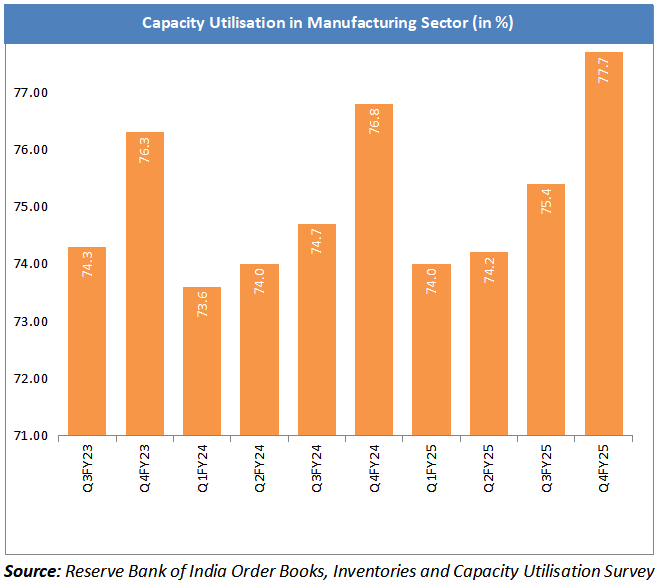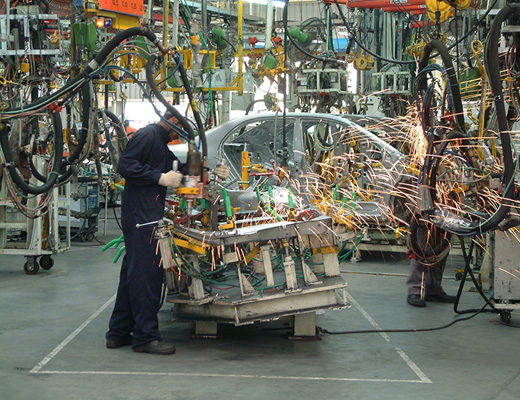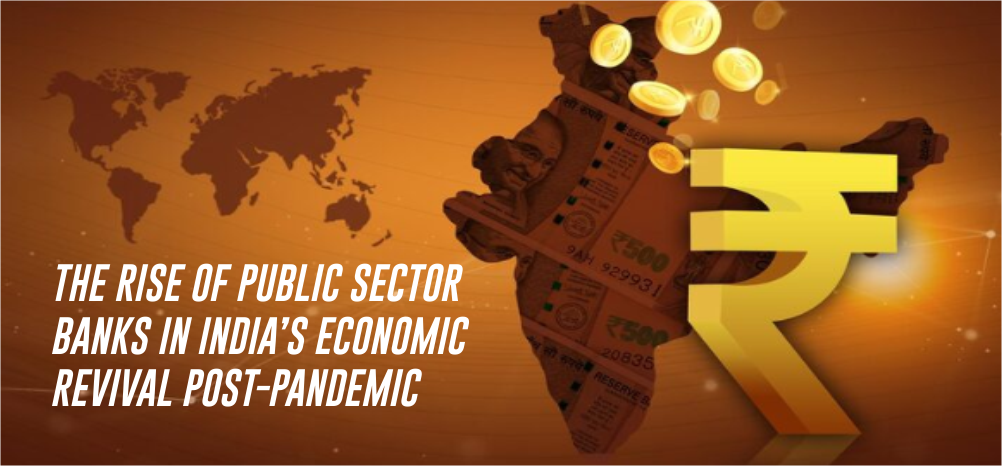Advantage India
Robust
Demand
*During Q1 FY26 (April-June 2025), India’s merchandise exports reached US$ 112.17 billion, up from US$ 110.06 billion in the same period of FY25.
*By 2030, the Indian middle class is expected to have the second-largest share in global consumption at 17%.
Increasing
Investment
*Global companies like Apple are expanding manufacturing in India, with smartphone exports volumes touched 22.88 million units in the first half of 2025, from 15.05 million a year ago.
*FDI in India's manufacturing sector has reached Rs. 14,45,781 crore (US$ 165.1 billion), a 69% increase over the past decade, driven by production-linked incentive (PLI) schemes. In the last five years, total FDI inflows amounted to Rs. 33,58,310 crore (US$ 383.5 billion).
*India's production-linked incentive (PLI) schemes disbursed Rs. 21,534 crore (US$ 2.46 billion) in incentives across 12 sectors as of March 2025, attracting investments of Rs. 1.76 lakh crore (US$ 20.09 billion).
Policy
Support
*The Madhya Pradesh government has introduced the Drone Promotion and Utilisation Policy 2025, aiming to boost drone manufacturing and its application across various sectors. The policy offers incentives, of a 40% capital investment subsidy, up to Rs. 30 crore (US$ 3.4 million) for new investments, and a 25% subsidy on lease rents for three years.
*The Indian government, led by Union Minister of Commerce & Industry, Mr. Piyush Goyal, is launching a new scheme to energize the country's toy sector. The initiative aims to improve several key areas: strengthening toy design, boosting manufacturing quality, enhancing packaging standards, and supporting brand-building efforts.
Competitive
Advantage
*The positive developments in the manufacturing sector, driven by production capacity expansion, government policy support, heightened M&A activity, and PE/VC-led investment, are creating a robust pipeline for the country’s sustained economic growth in the years to come.
Manufacturing Clusters
- Maharashtra
- Tamil Nadu
- Gujarat
- Telangana
- Andhra Pradesh
- Karnataka
- Uttar Pradesh

Posters
MORE
PREFERRED MANUFACTURING DESTINATION
India ranks third in most-suitable locations for global manufacturing.
IBEF Campaigns
MORE
Aatmanirbhar Bharat Utsav 2024
Union Minister of External Affairs, Dr. S. Jaishankar and Union Commerce an...
Case Studies
MOREIBEF BLOG
MOREHow the Chemical Industry is preparing for a Sustainable Future
In India, the chemical industry remains one of the most influential sectors...
India’s Music Industry Today: Streaming High, Growing Fast
The Music industry in India is witnessing unprecedented growth, fuelled by ...
The Impact of Research & Development on Biotech Companies in India
India’s biotechnology sector has been on a remarkable growth trajecto...














